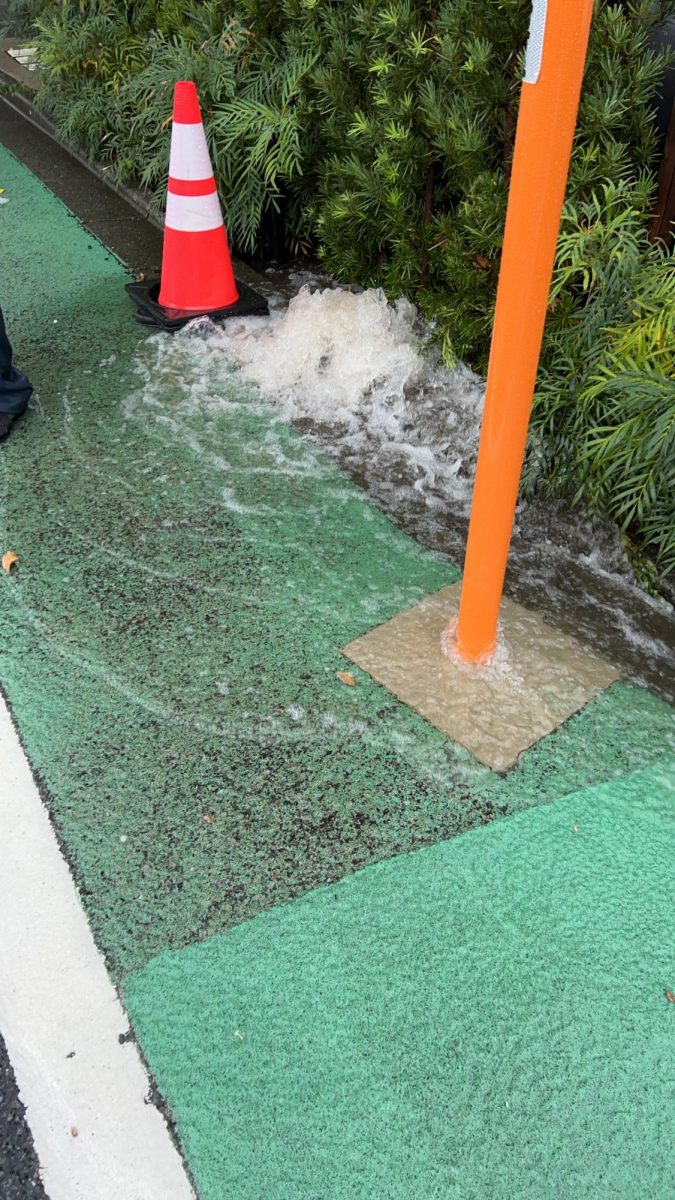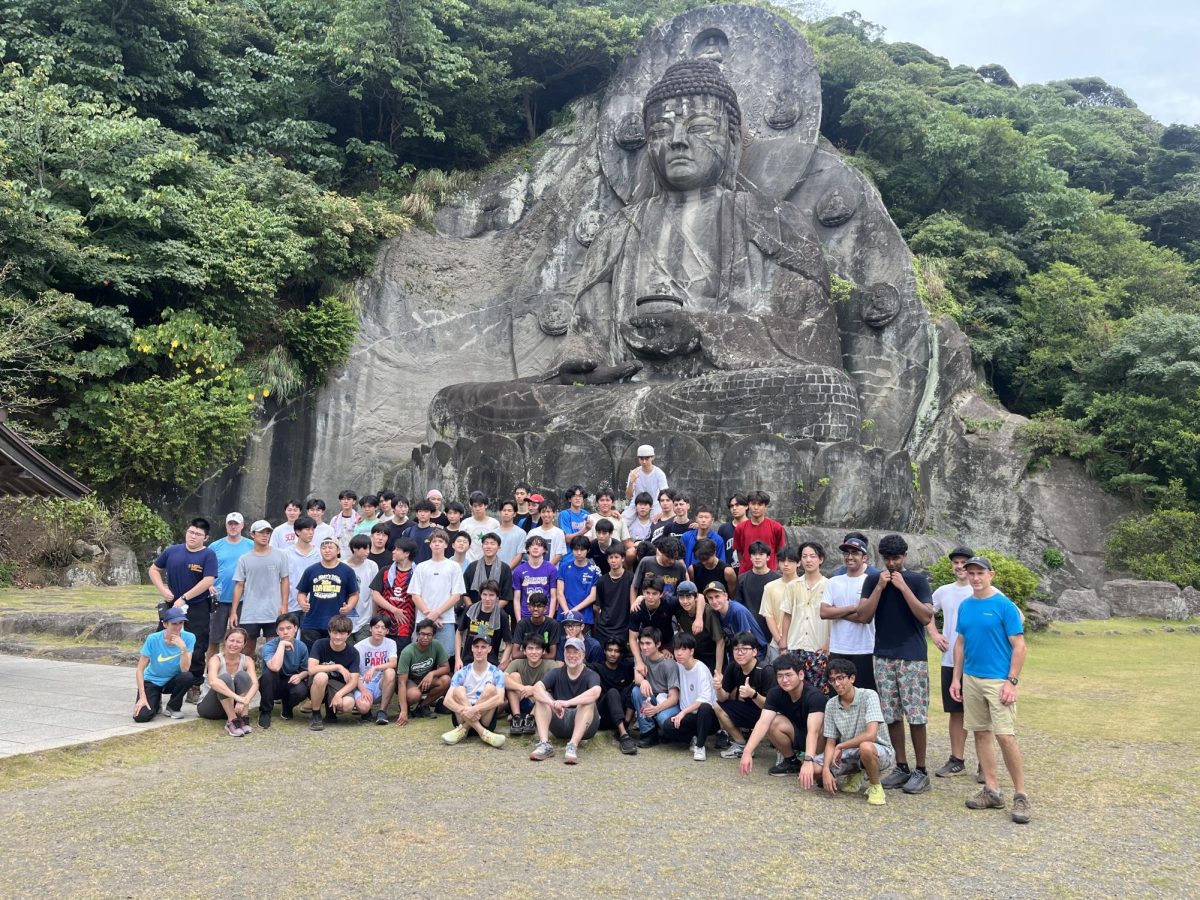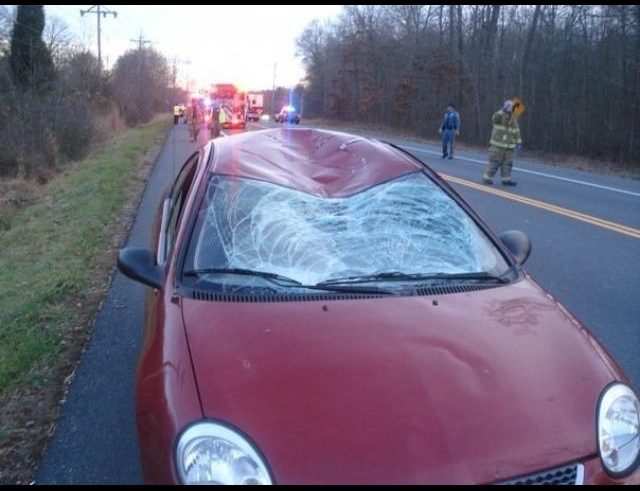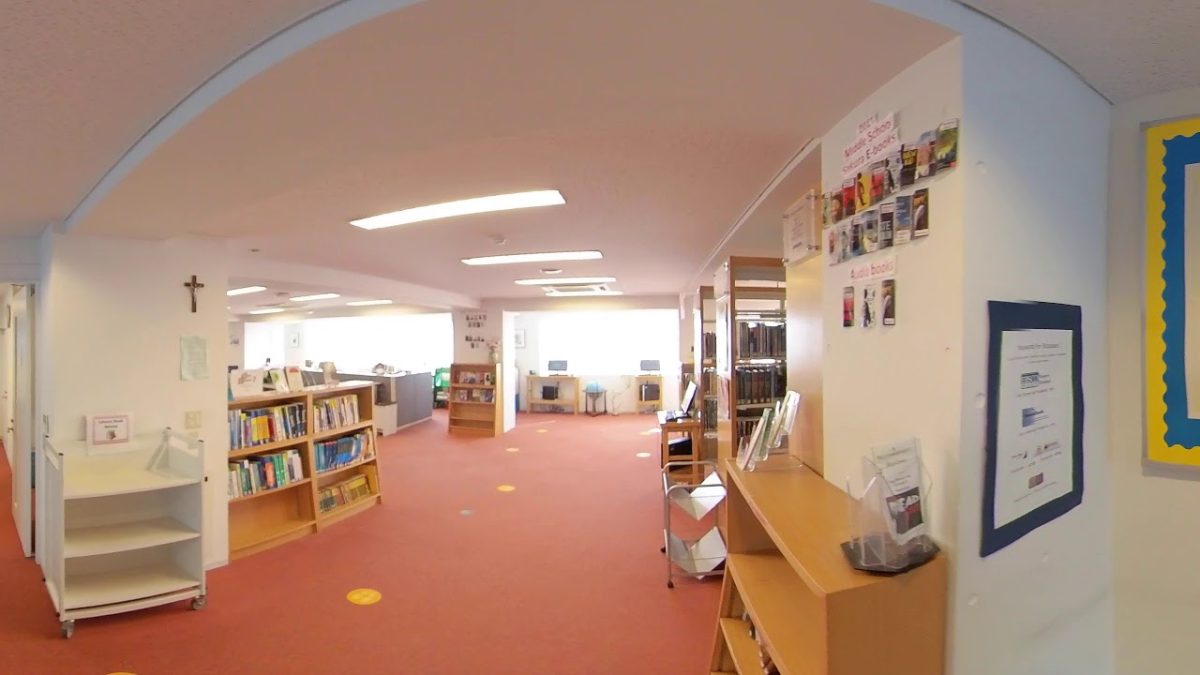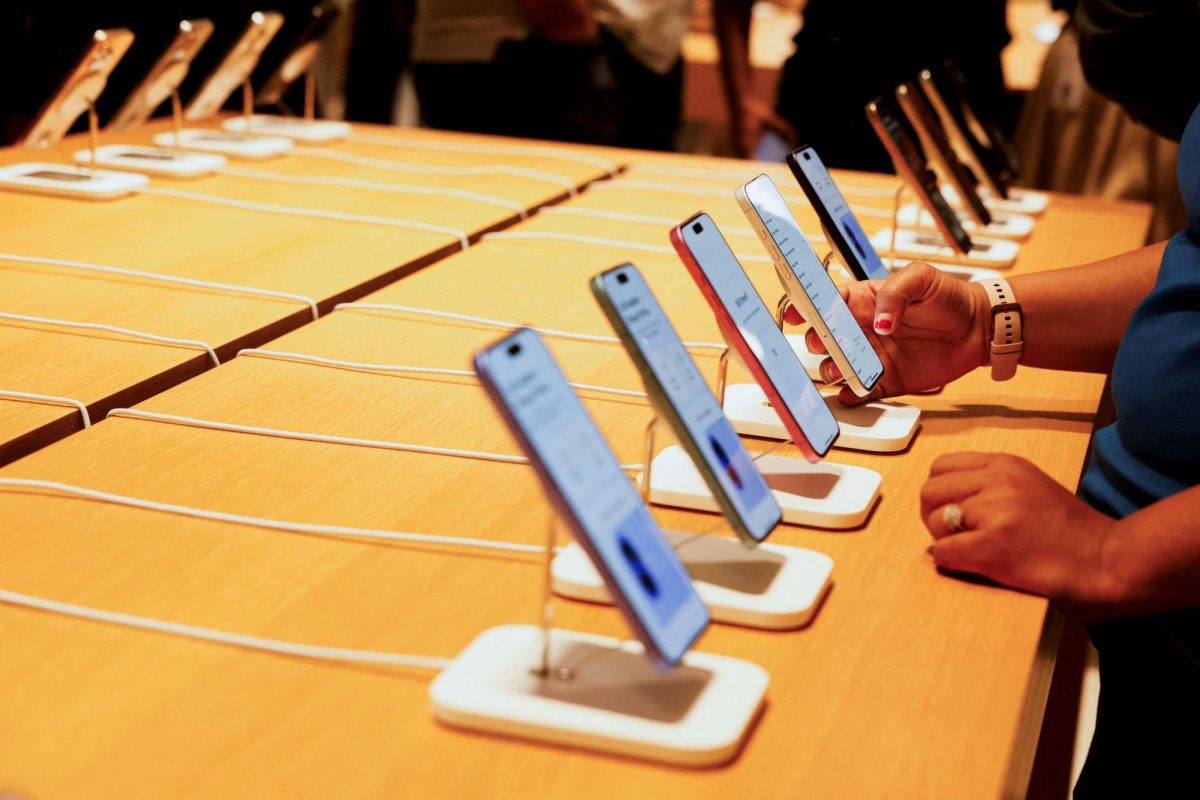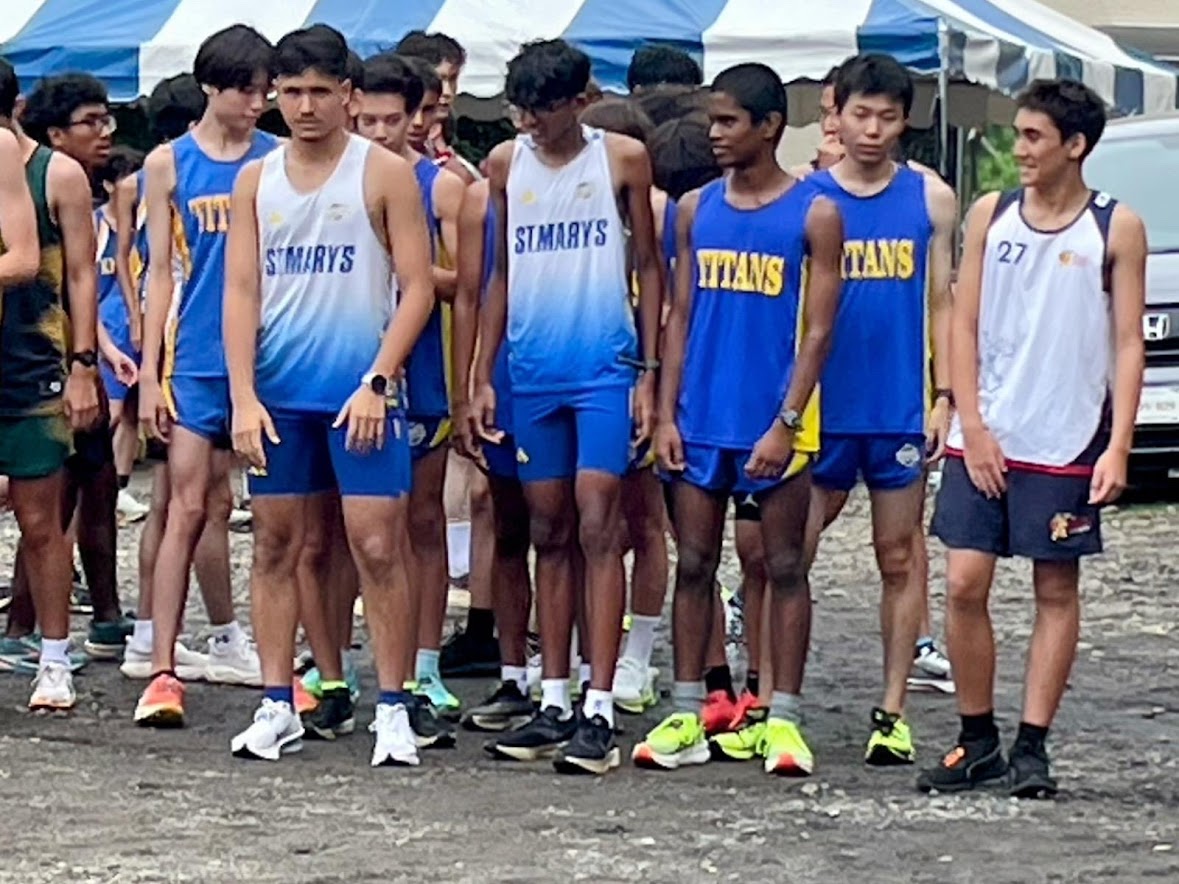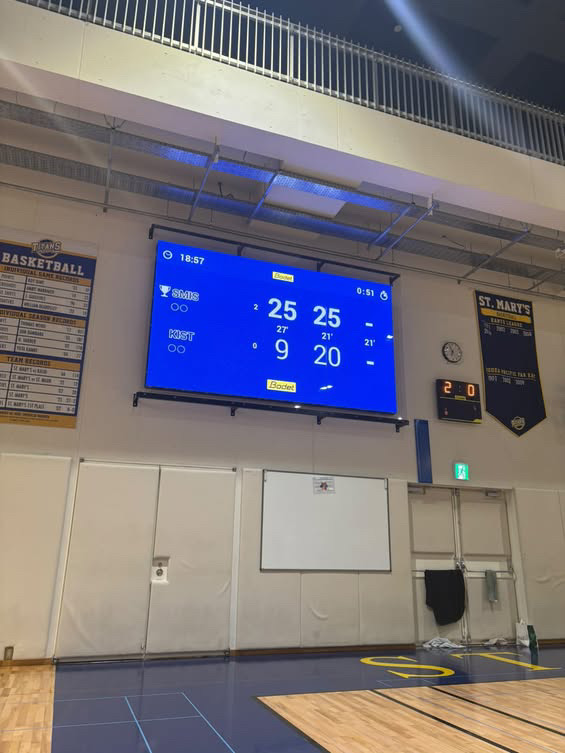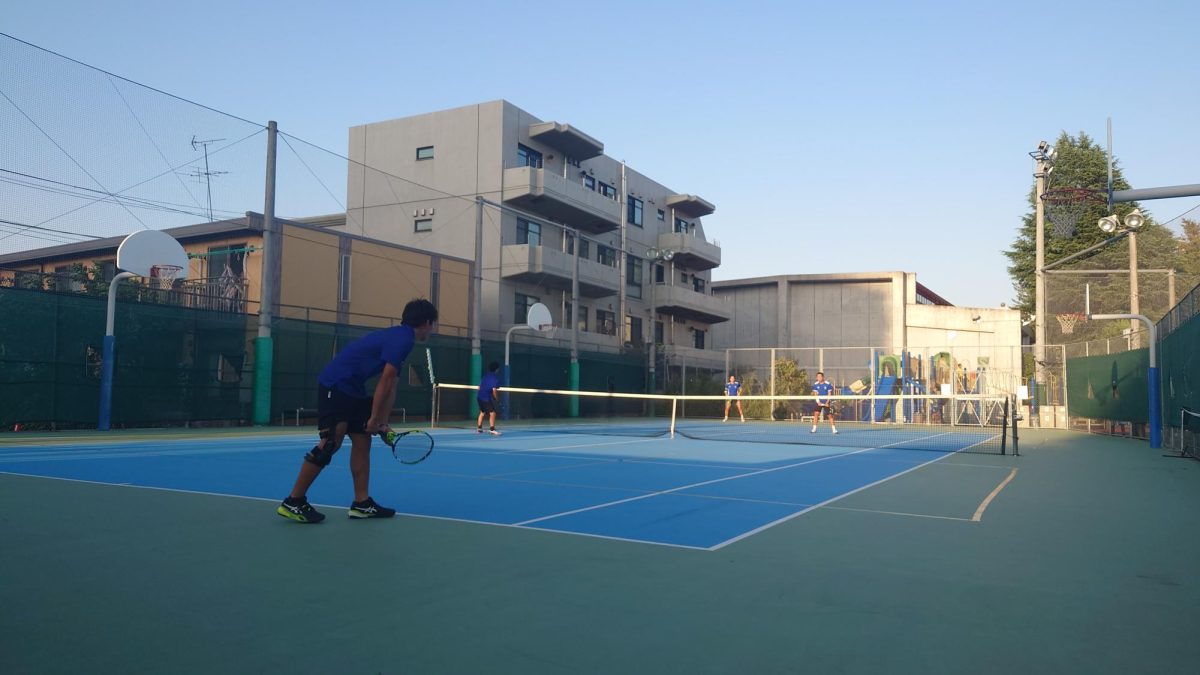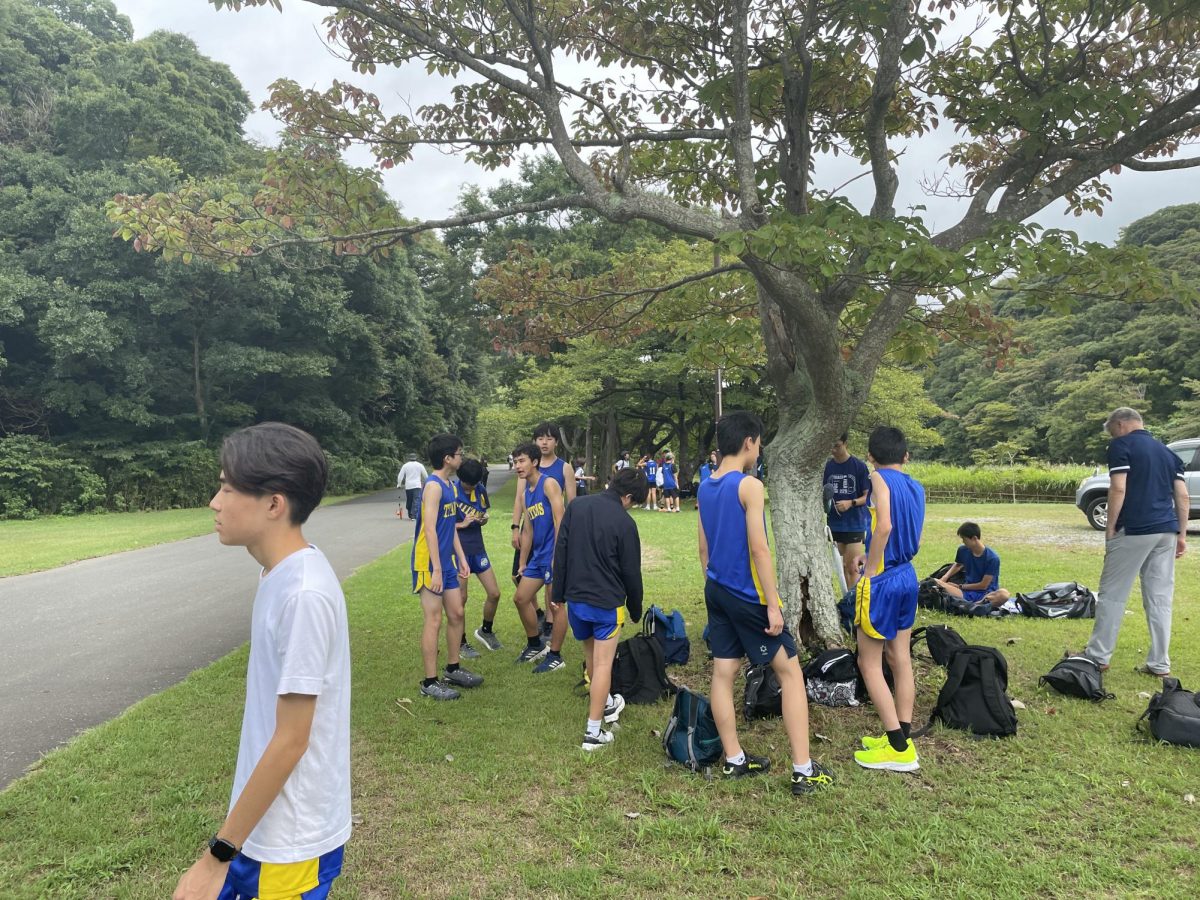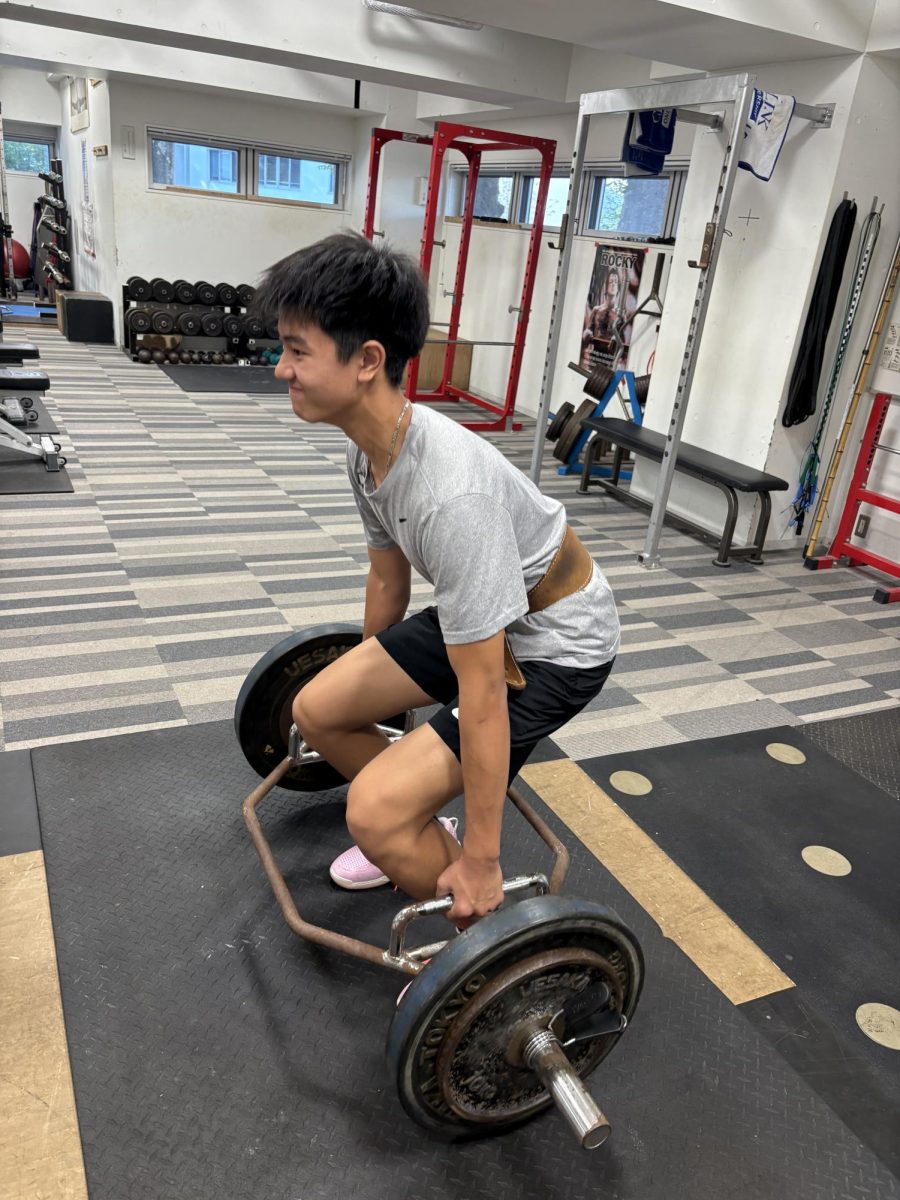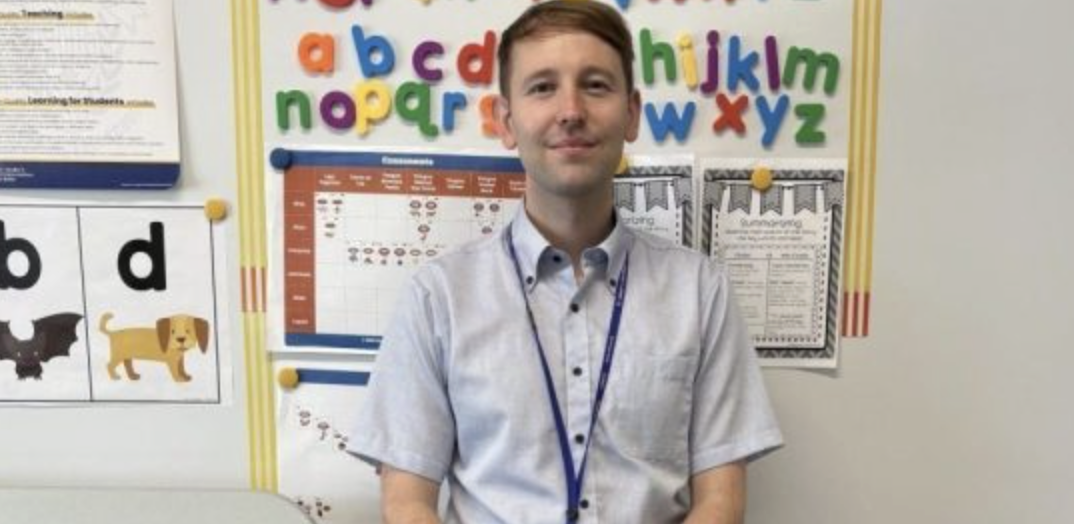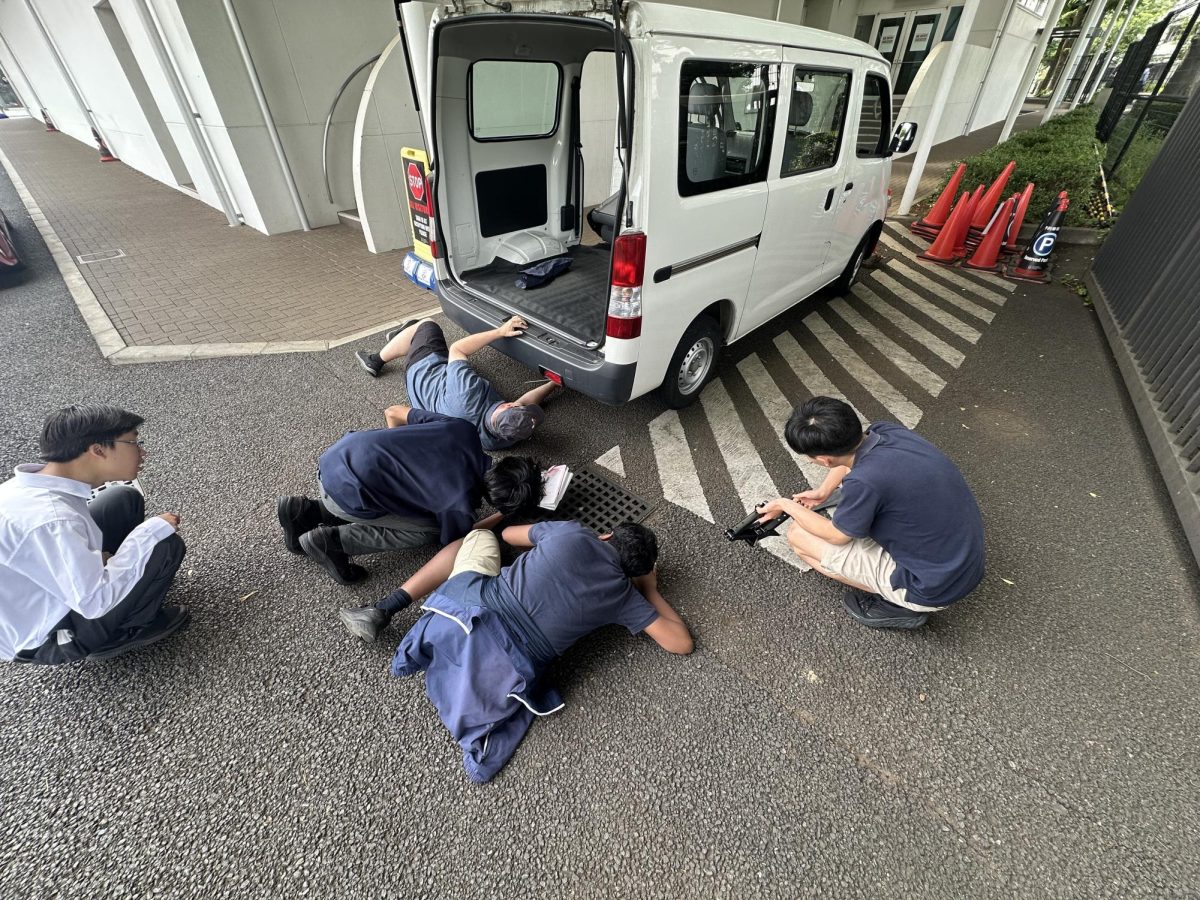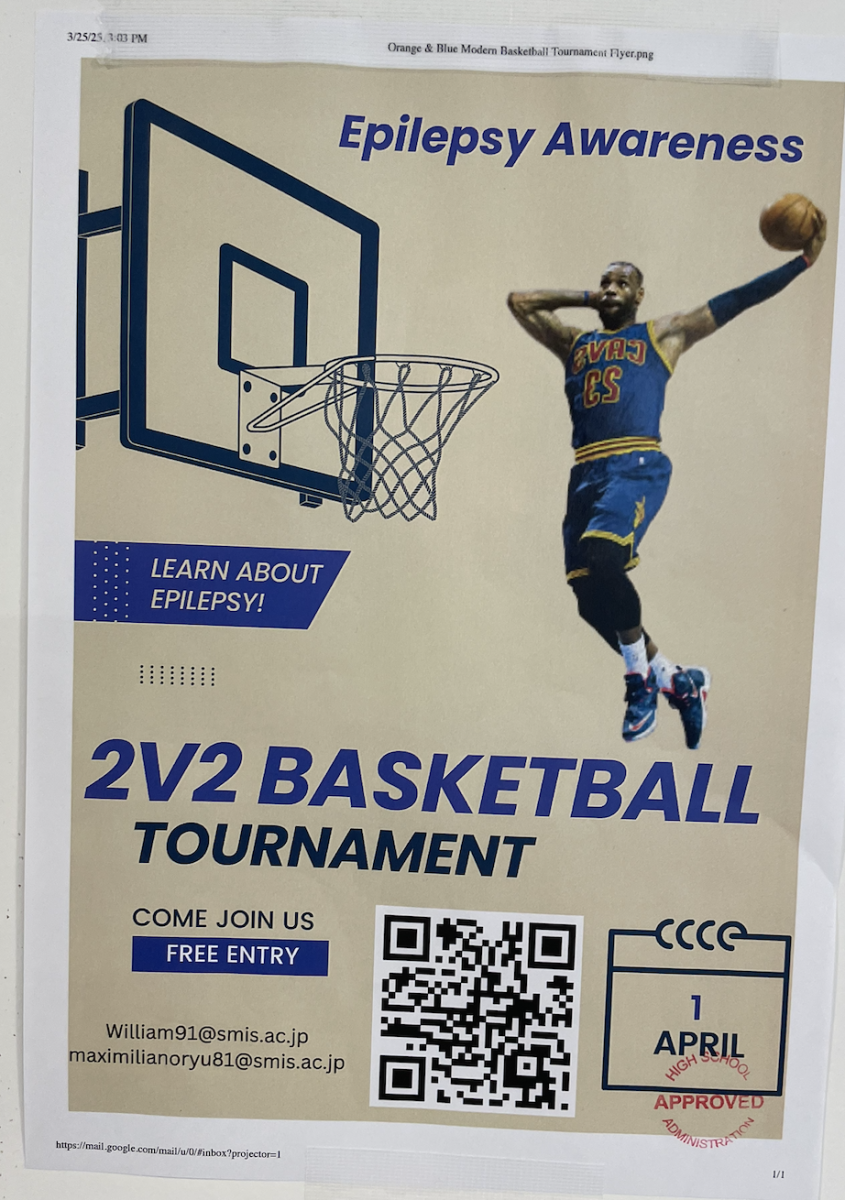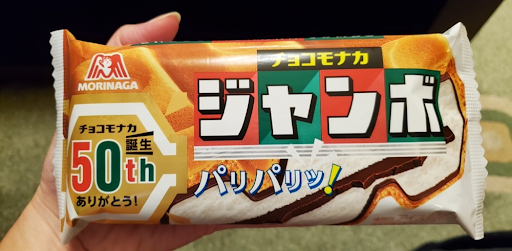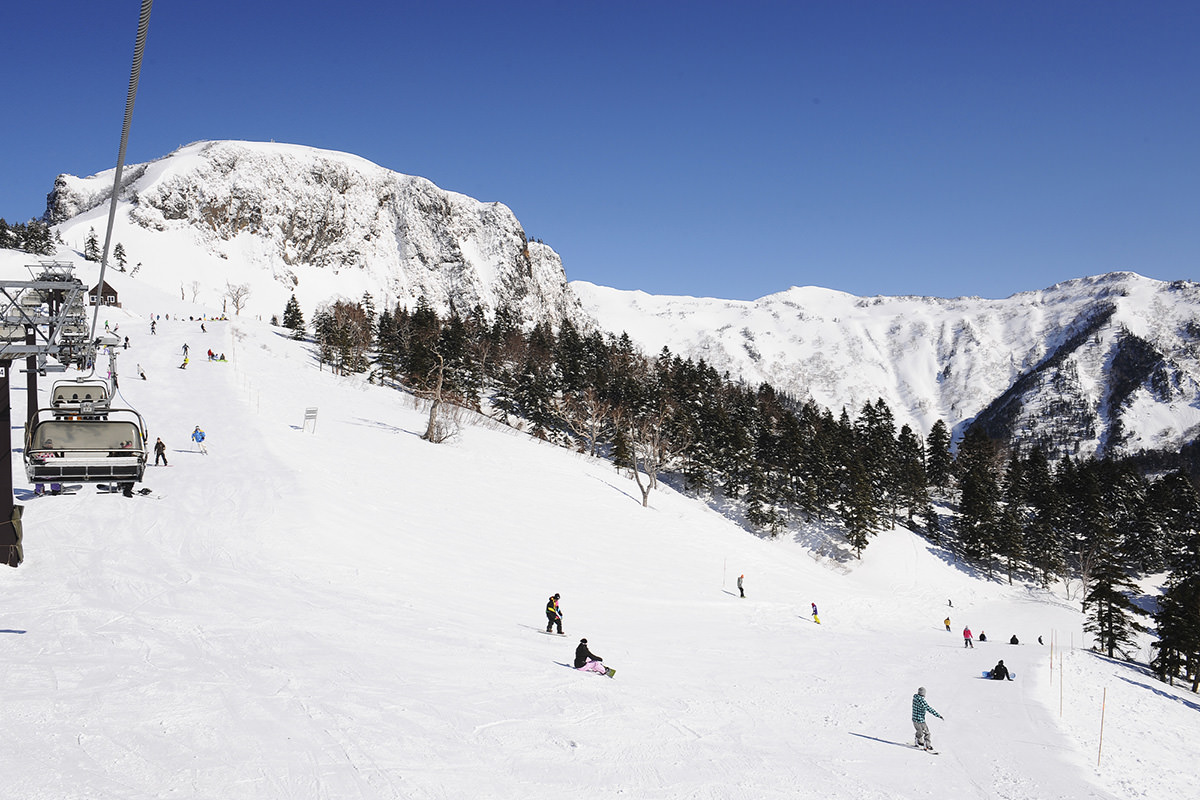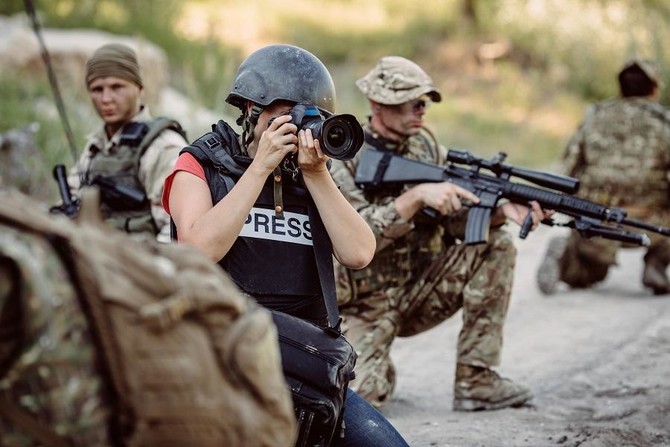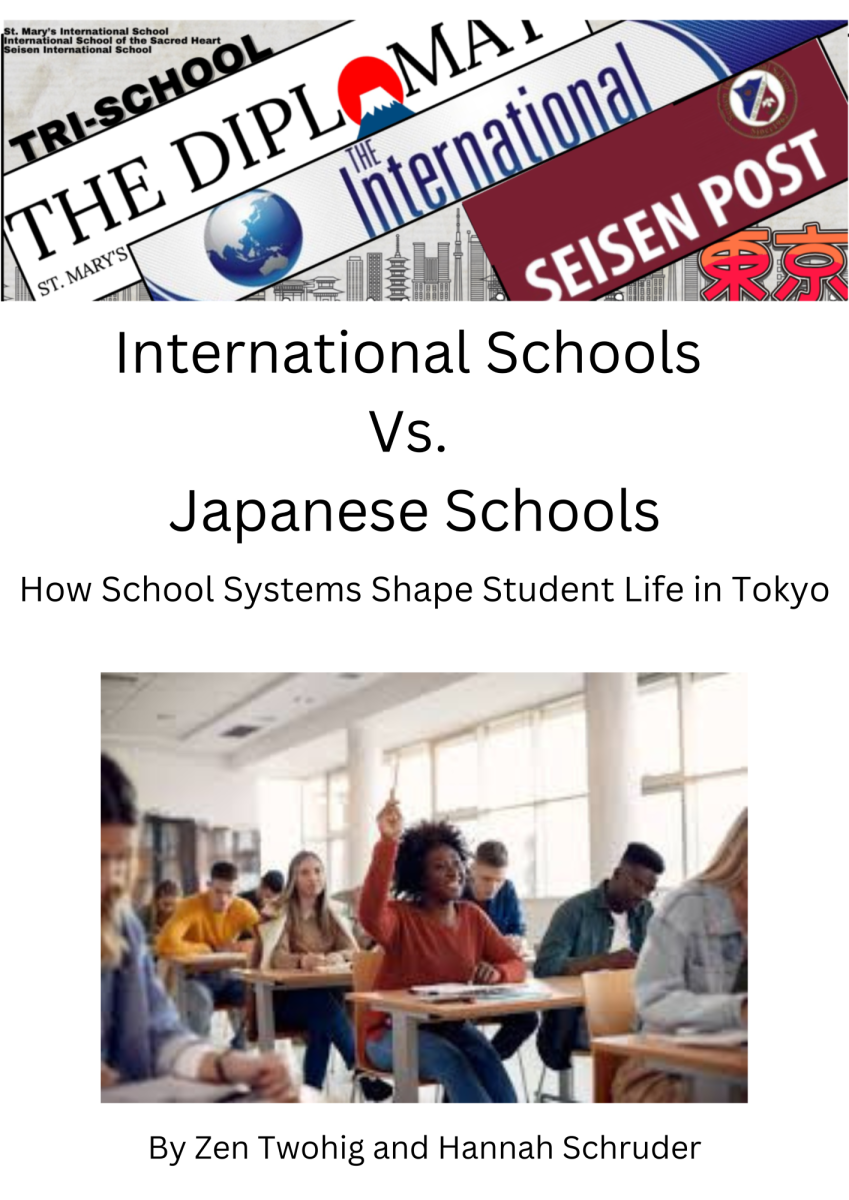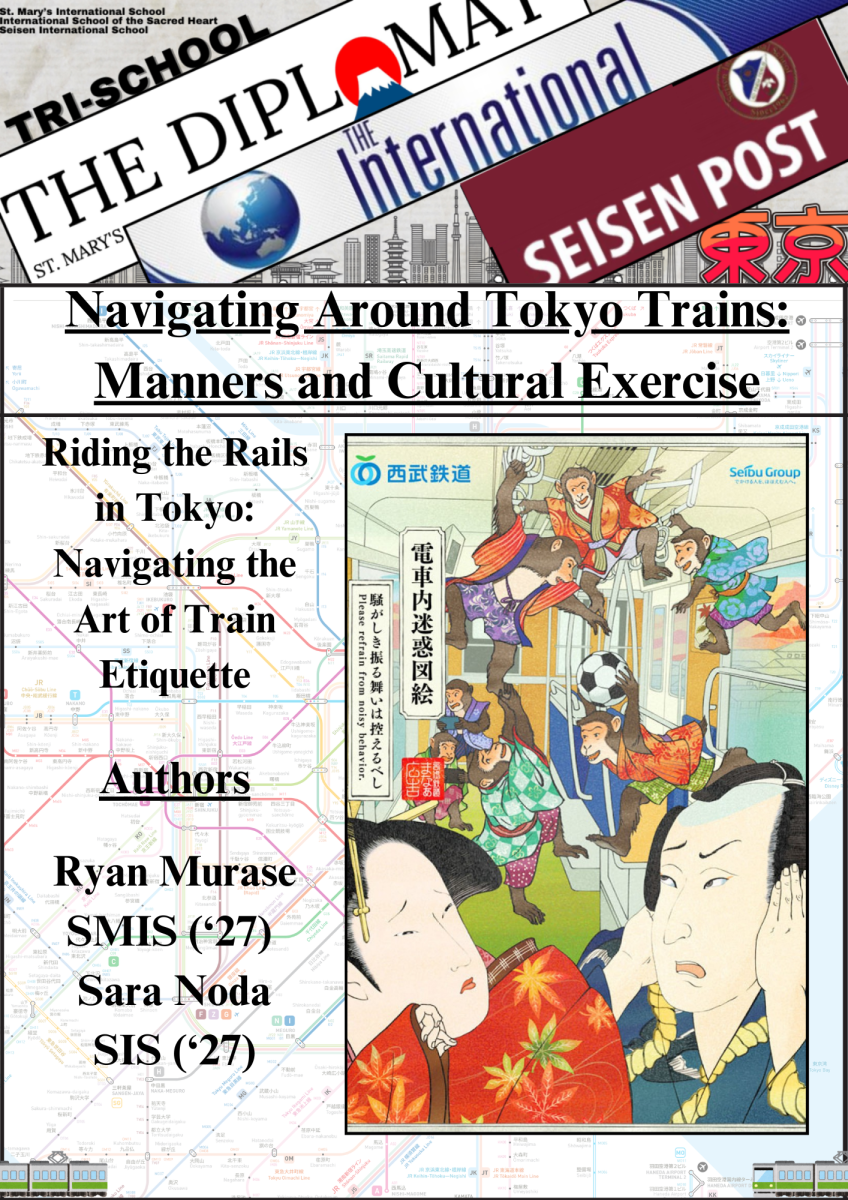In February 2024, the vast majority of St. Mary’s International School’s 8th-grade students felt seriously ill with Norovirus during their annual ski trip to Kawaba in Gunma Prefecture. The outbreak began in the evening of the second day after eating lunch, spreading rapidly through the group as students who had been enjoying the slopes found themselves lying on futons around the bathrooms and makeshift sick areas in the hallway. Vomiting, diarrhea, and discomfort replaced the skiing and snowboarding with friends as the trip transformed from an exciting experience to a medical emergency. Just one year later, in February 2025, a new year of 8th graders returned to the same resort with concerns about a possible disaster similar to what happened the year before. However, this time, not a single student or staff member became sick, thanks to the improved hygiene management at the ski resort’s restaurants. The distinct experiences between the two trips highlight how taking proper health measures can determine whether a school trip becomes a precious memory or a traumatic experience.
When the 8th graders went to take their lunch break at the ski lodge cafeteria, something disastrous began to occur. The restaurant was filled with students, tired but also excited for another session of skiing after lunch, as they finished off their hot, steaming curry. The air was filled with the rich scent of spices and the warmth of the lodge, providing a nice atmosphere for the students who had just come back from the cool mountain air. Unknown to all at the time, the Norovirus began to spread among the students, most likely due to the restaurant that the students ate at. Norovirus is a very serious stomach virus that is easily transmitted when people ingest food contaminated with it, as well as when they touch infected surfaces. Several of the students started feeling sick by the evening. During the night, even more students were ill, and it was getting worse. The most ill students were moved out into the hallway just outside the common bathrooms. They stretched out on futons with blankets and tried to nap, but it was difficult because of the cruel symptoms of the virus.
The virus spread quickly, and even some students who had been fine earlier were already showing symptoms later in the day. The hallways echoed with the sound of groaning and retching, the futons on the floor providing little comfort to the sick. The symptoms of the Norovirus are horrible—students who contracted it suffered from frequent vomiting, constant diarrhea, headaches, and body aches. Being stuck in a ski lodge with other sick classmates made it even tougher. Many students reported that it was one of their worst experiences. Following the completion of the ski trip, the students also endured a miserable bus ride back to SMIS. Some had to throw up into relief bags, while others quietly sat with their heads in agony. What was supposed to be a fun trip with friends in the snow-covered mountains became a horrific Norovirus outbreak, leaving the 8th graders sick, exhausted, and disappointed.
This traumatic experience had a strong influence on the following year’s eighth graders. Being informed of this trip, the 8th graders of the 2024-2025 year, the year after the students who experienced the Norovirus outbreak, were reluctant to go on the trip. Some expressed signs of anxiousness. In an interview with Munehiro Miyashita, a student in the 8th grade of SMIS who was skeptical about food safety, expressed his feelings. “I was worried about the food. I had friends who experienced it last year, and I didn’t want to get Norovirus like them.” He was not the only one who was worried about it. However, the first day of the ski trip ended without any hassle, and when the time had come to eat lunch at the very same restaurant, some voiced their worries. Although many were doubtful about the curry, they soon forgot about it, starving from the ski sessions they had, and dug into their curry. During nighttime, many people were expected to show symptoms of the virus, though it never happened. The majority were relieved and continued enjoying the trip without any worries.
This successful trip would not have come true without the ski lodge making amends. The restaurants in the ski lodge had gone through a hard time, trying to make up for what had happened with the SMIS skiers. According to Timberline’s website (kawaba.co.jp), the restaurant the 8th graders had eaten at, Timberline, and another restaurant located next to Timberline, POWPOW, had voluntarily closed for a few days in February 2024, immediately after the SMIS ski trip. They cleaned, washed, and disinfected the kitchen and store interior while increasing the level of in-house education. They had shut down to ensure that their kitchen was safe and clean, and took measures to maintain good hygiene. Moreover, they had to shut down for a little while, which should have negatively affected their sales and left their workers without a job. Nonetheless, they still took procedures to clean their stores due to the Norovirus outbreak. Additionally, the Timberline staff who provided the food to the eighth-graders in 2025 wore masks and gloves, showing how they cared about our safety and health while providing us with food.
Although this seemed like a long while ago, their will and actions to provide for their customers had made an impact. Ever since Timberline started operating again on February 26, 2024, there have been no reports of any Norovirus outbreak. Many articles show how hard it is to prevent Norovirus from spreading. According to pmc.ncbi.nlm.nih.gov, shared bathrooms could be contaminated and become an outbreak. This shows us how the shared bathrooms may have been a big driver in the spread of the virus. According to ama-assn.org, a doctor once acquired Norovirus just by using a contaminated toilet that had been used by a person with Norovirus. This level of contagiousness shows us how hard it is to stop Norovirus from spreading; however, the fact that the restaurant didn’t have any outbreaks again shows how they have focused on improving their hygiene management. Additionally, they had provided the 8th-grade skiers/snowboarders with lunch once again without any issues. This has made a great difference in the 2024 and 2025 ski trips. The contrasting opinions of the students from 2024 and 2025 are a great example.
The majority of the eighth graders from the year of the Norovirus outbreak gave negative comments about the trip. For example, Teruma Kawakubo, an eighth-grader during the Norovirus outbreak, said in an interview that “It was the worst trip I’ve ever been on.” Teruma explained, shaking his head. “Having Noro was bad enough, but I had to be stuck in a lodge I wasn’t used to. And the bus ride was crazy; some people were throwing up midway using plastic bags.” His statement clearly shows how the Norovirus outbreak affected him, as he had explained the ski trip as the worst trip ever and did not say anything positive about it. On the other hand, Ryohei Endo, currently in 8th grade and who went on the ski trip this year, had great thoughts about the trip: “It was pretty good. I haven’t skied in a while, so it was pretty fun, and it’s different when you can ski with your friends. The food was pretty good, and I liked it a lot.” He voiced a lot of positive comments about the trip, emphasizing the difference between the opinions of the two students who experienced different ski trips.
The story of these two ski trips—one ruined by Norovirus and one that went without any
issues—shows us how quickly a virus can turn fun trips into disastrous ones. While the 2025 trip shows how practicing good hygiene can stop outbreaks, the significant difference between the trips reminds us how important health safety is for any group activity. The Norovirus is only one of the many examples of how easily group experiences can be put at risk by illness. However, it also shows how people can bounce back-in how the lodge made changes to keep future customers and visitors safe. Both the 2024 and 2025 SMIS ski trips teach us that while viruses can suddenly ruin exciting events, appropriate safety measures prevent sickness from threatening the chance of creating important memories during the students’ school years. The difference between having a horrible time and a great, fun time comes down to the safety steps people take that people don’t see until they see it work.





